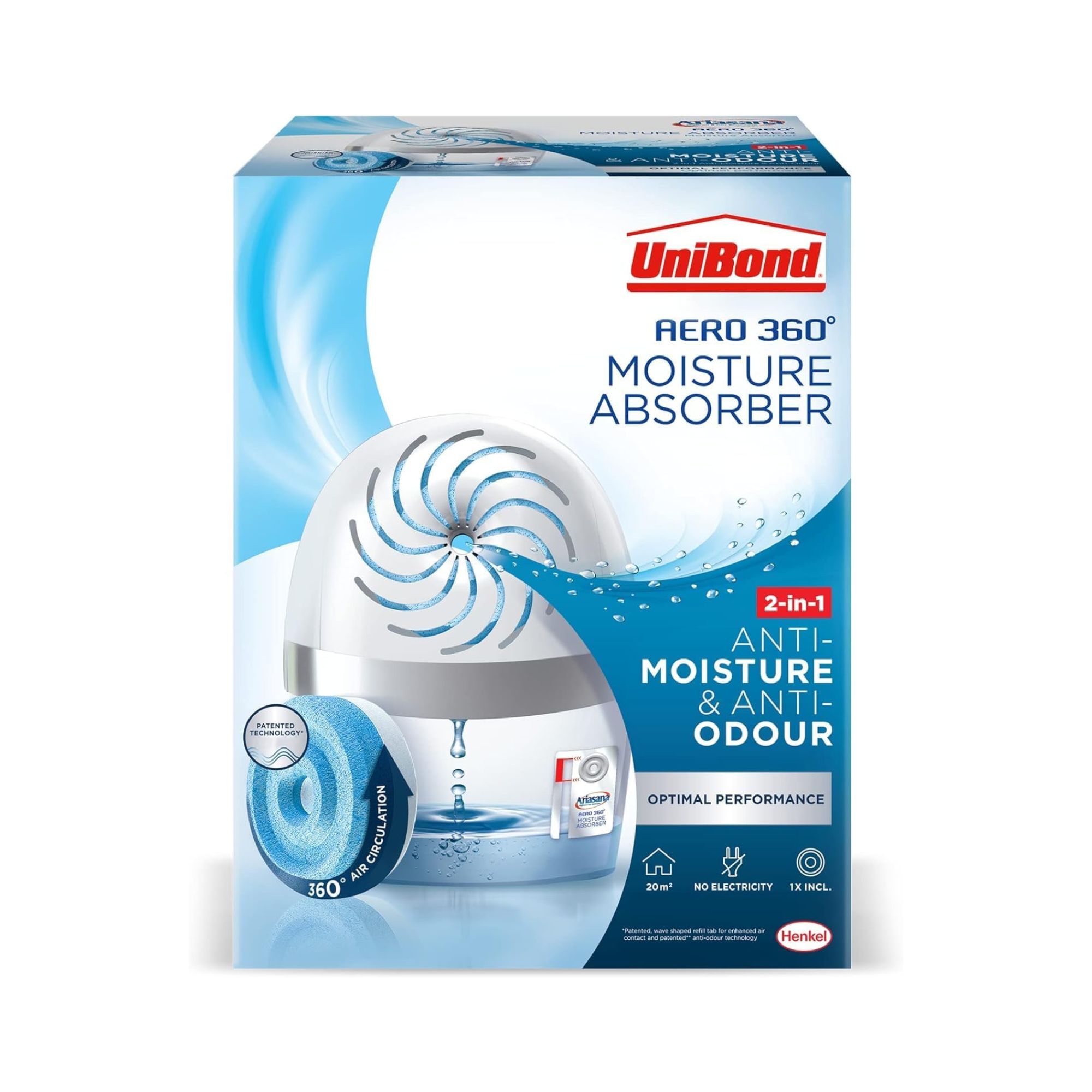How to dry a room without a dehumidifier – experts tips for tackling damp without the expense
No dehumidifier? No problem...
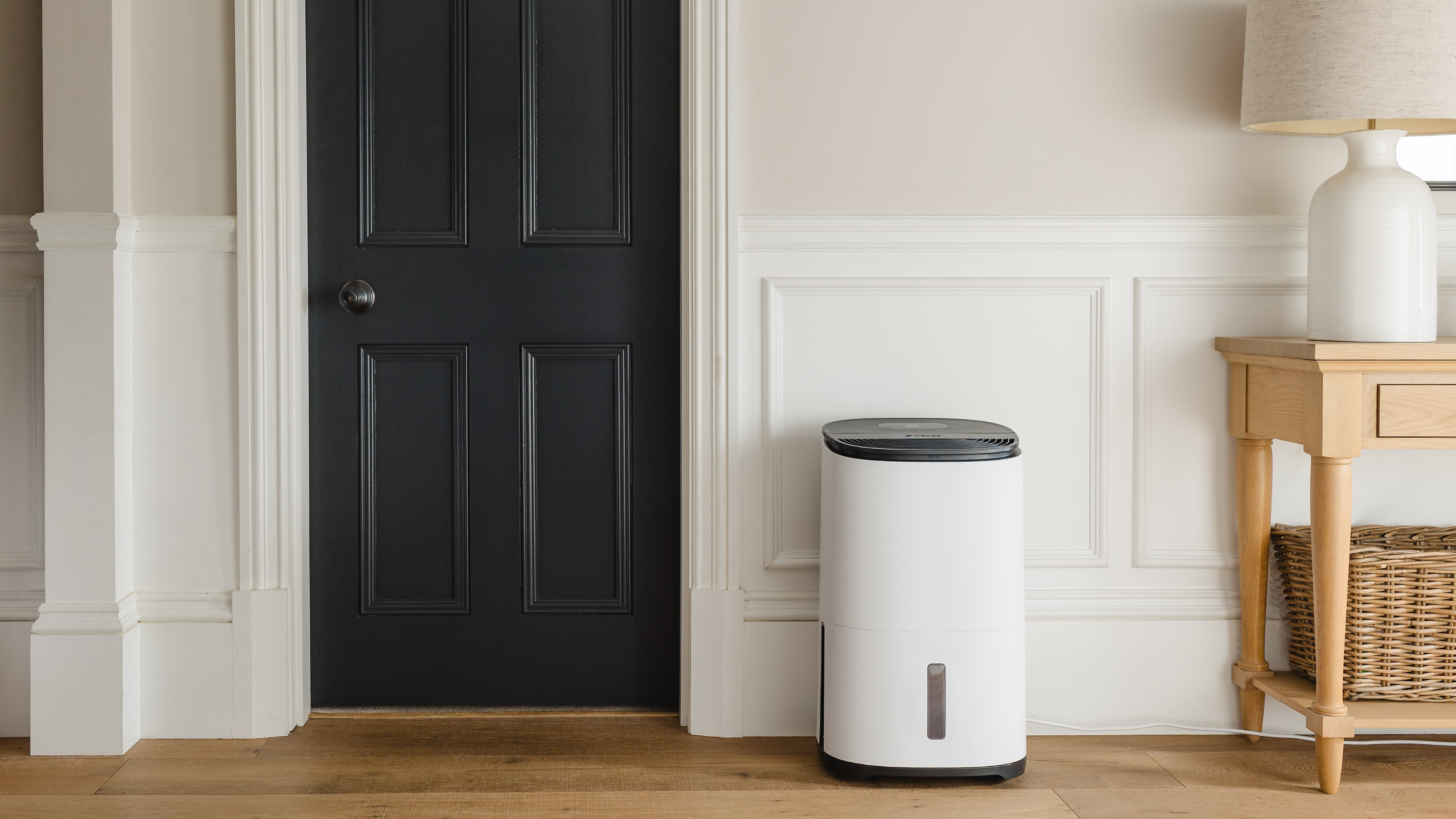

Dealing with damp and condensation in your home can be a difficult feat if you're on a budget. While a dehumidifier will often be the first solution that comes to mind, they may not always be affordable nor practical for your specific circumstance, leaving you with limited options for moisture control. Luckily, there are a handful of ways to dry a room without a dehumidifier that are easy, budget-friendly, and do the job.
Although it's undeniable that none of these methods will be as effective as enlisting the help of one of the best dehumidifiers – especially if you're tackling severe moisture issues – they're a step in the right direction to getting rid of damp. In some cases, however, these options might be even more suitable if the areas in need of attention are places where a dehumidifier simply isn't viable, such as a bathroom or a small closet space.
1. Increase ventilation

Boosting ventilation inside your home is one of the oldest methods in the book to dry a room without a dehumidifier, as it allows moisture to escape. The easiest way? Simply open a window. 'By opening your windows regularly for as little as 10 minutes a time, you can air out your home as the fresh dry breeze will quickly absorb moisture from your spaces,' says Sam Tamlyn, managing director at Shutterly Fabulous.
'This has also come to be known as 'burping your home', involving the release of the condensation present within your home, allowing fresh air to circulate , in turn preventing the growth of mould,' continues Sam.
Although the general rule of thumb is to keep windows closed when using a dehumidifier, if you don't have a dehumidifier in the first place, this doesn't apply.
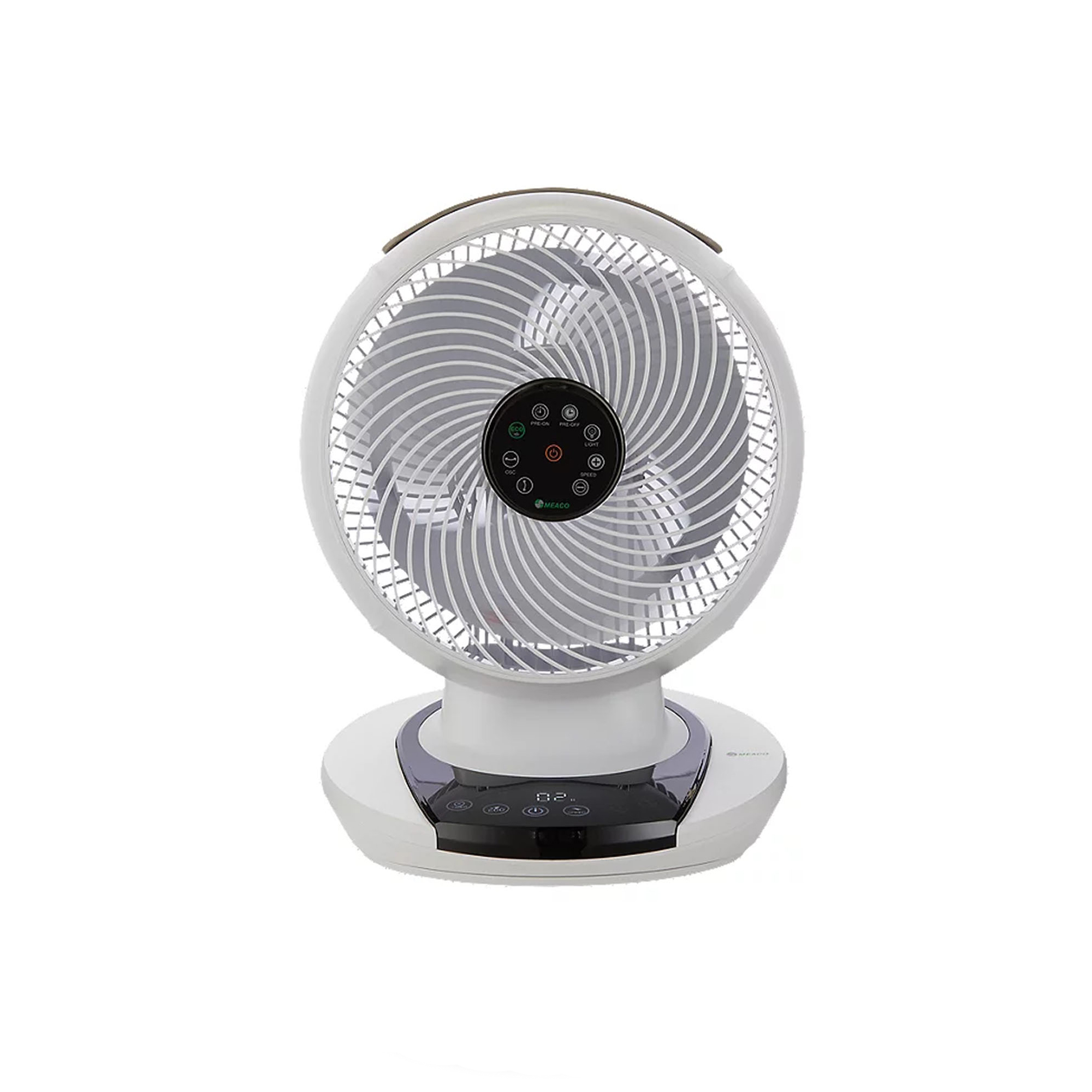
If you don't want to open your window up wide during the winter months, you could couple it with one of the best fans. This air circulator is our top choice.
2. Use salt lamps or place bowls of salt
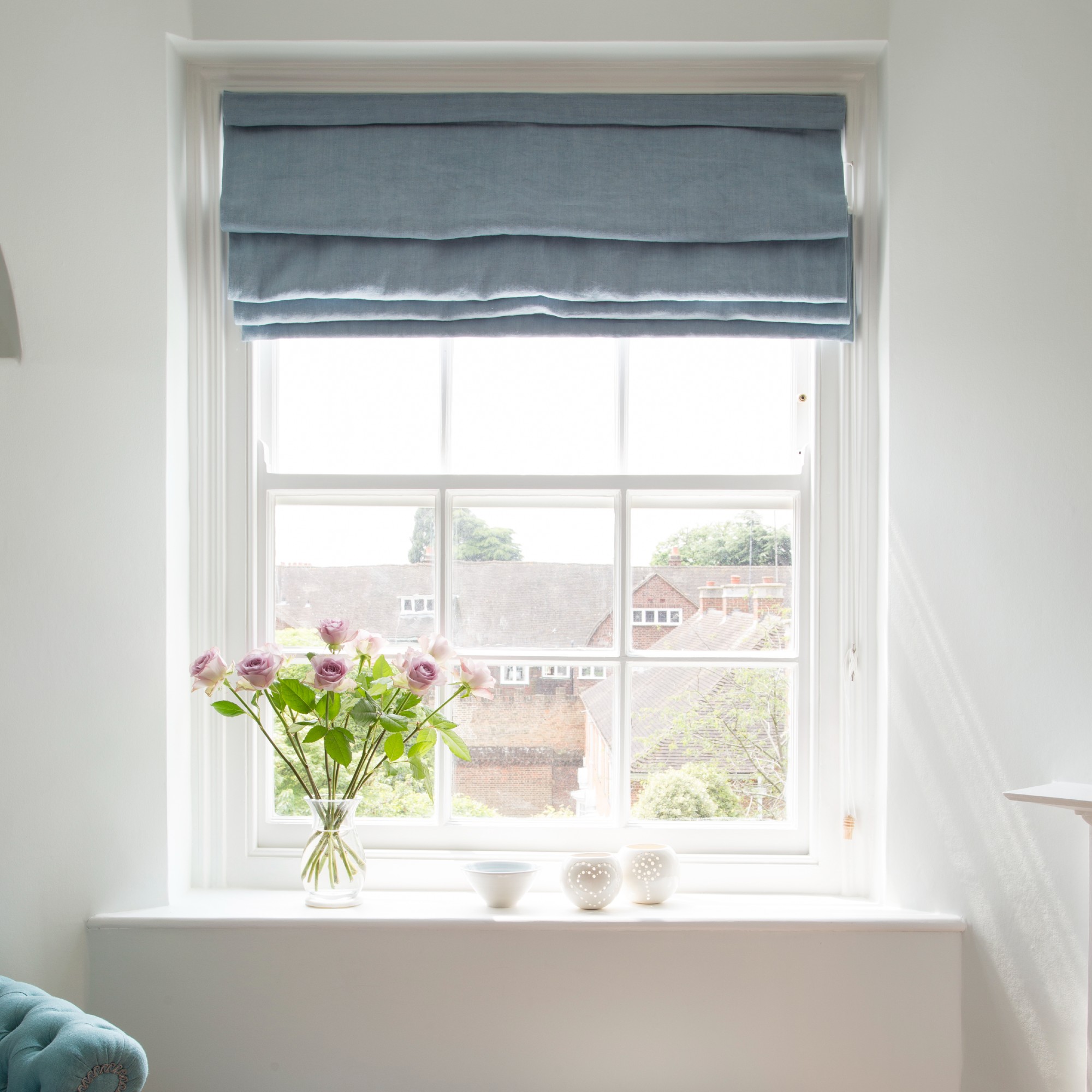
Another old school method is utilising everyday items from your cupboard, such as salt, as a quick and affordable fix to dealing with minor moisture issues like window condensation. Simply put salt in a bowl and place it on your windowsill. This is a TikTok hack we saw making the rounds at the beginning of last year, and it's since stuck around, with other variations such as using baking soda becoming commonplace too.
Following the salt method, another alternative people have opted for is a salt lamp. Although we've since debunked that they cannot replace a dehumidifier entirely for major moisture problems, salt lamps do have minimal dehumidifying properties. We wouldn't be able to advise in good conscience to buy a salt lamp for the purpose of combatting rising damp in your home, but they can be a good addition alongside other effective solutions.
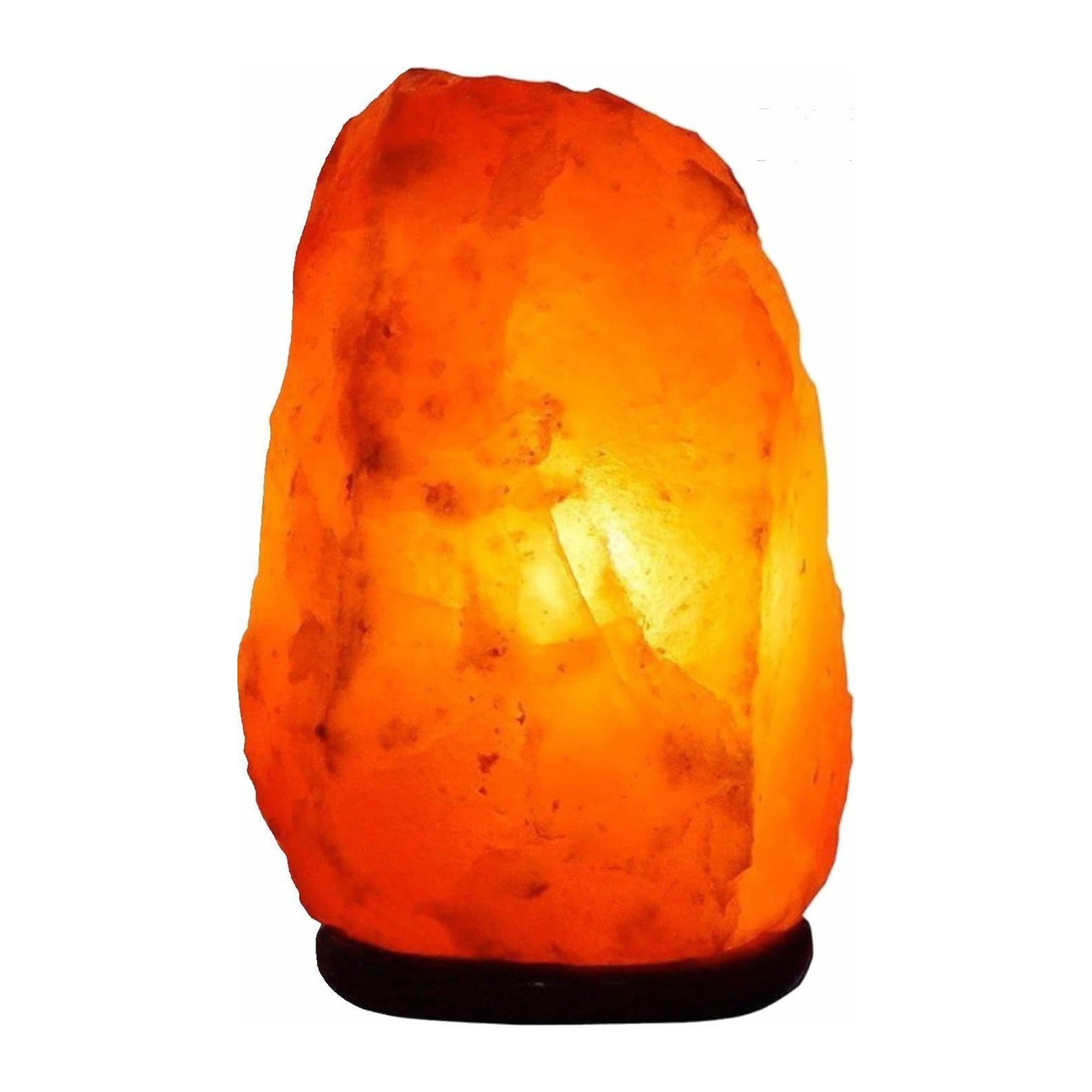
Made from salt sourced directly from the Himalayas, this salt lamp will make a statement in your home while also helping to dry a room.
3. Don't let your home get below 15°C
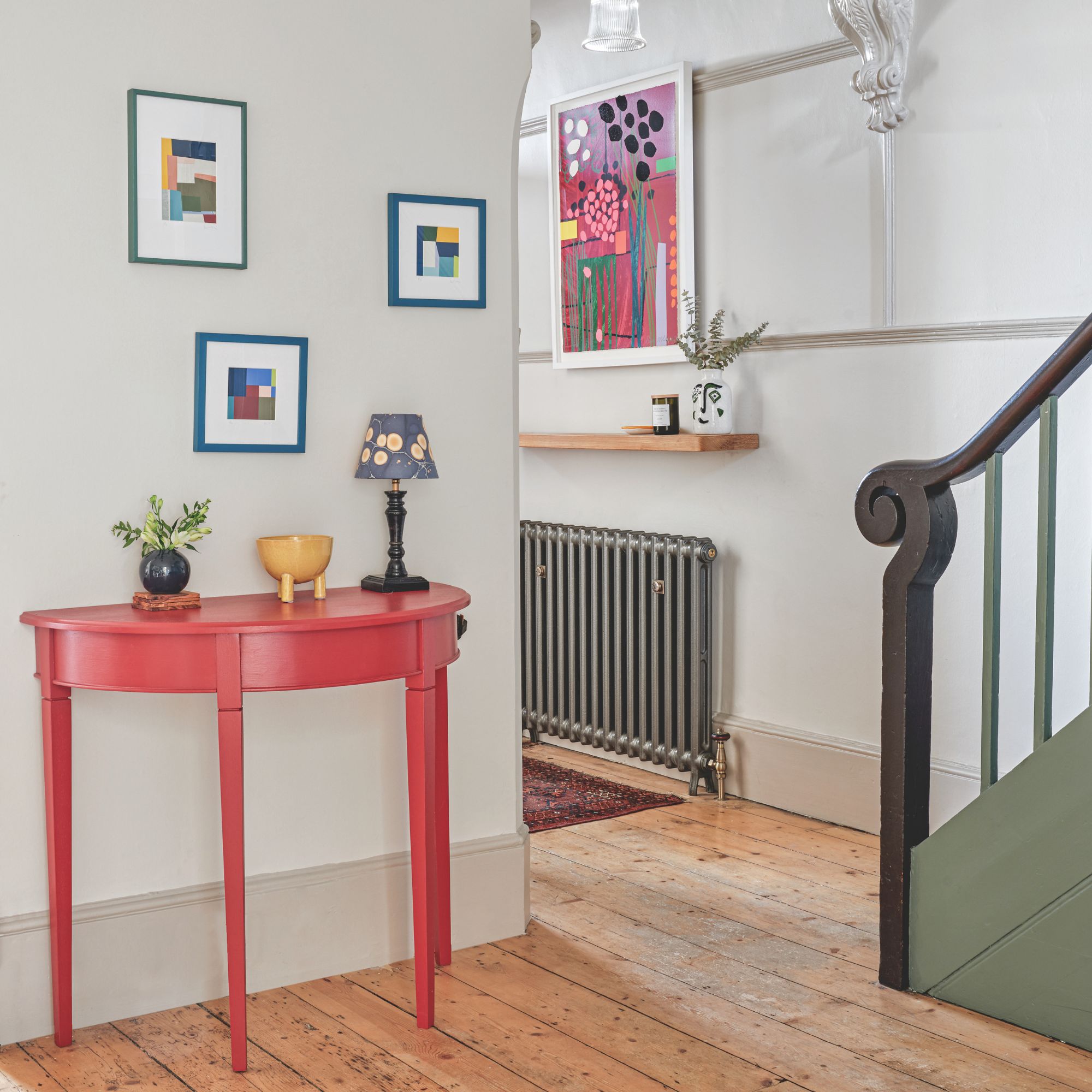
Although energy costs are high at the moment, Nicholas Auckland, Trade Radiators' heating and energy expert stresses the importance of making sure our homes don't get too cold.
'When your home gets cold, there's more cold surfaces, meaning there's more surface area for warm air to land on and create condensation. This makes your home damp and moist, which can create the perfect breeding ground for excessive mould growth,' he cautions. 'Ideally, the perfect home temperature is around 18-21°C. 18°C is the ideal temperature for bedrooms, as a slightly cooler temperature is best for sleeping. For some, 16°C is warm enough.'
While electric heaters are becoming many people's preferred method for keeping warm in a pinch, it might be well worth considering turning on the heating soon to avoid future issues of damp down the line.
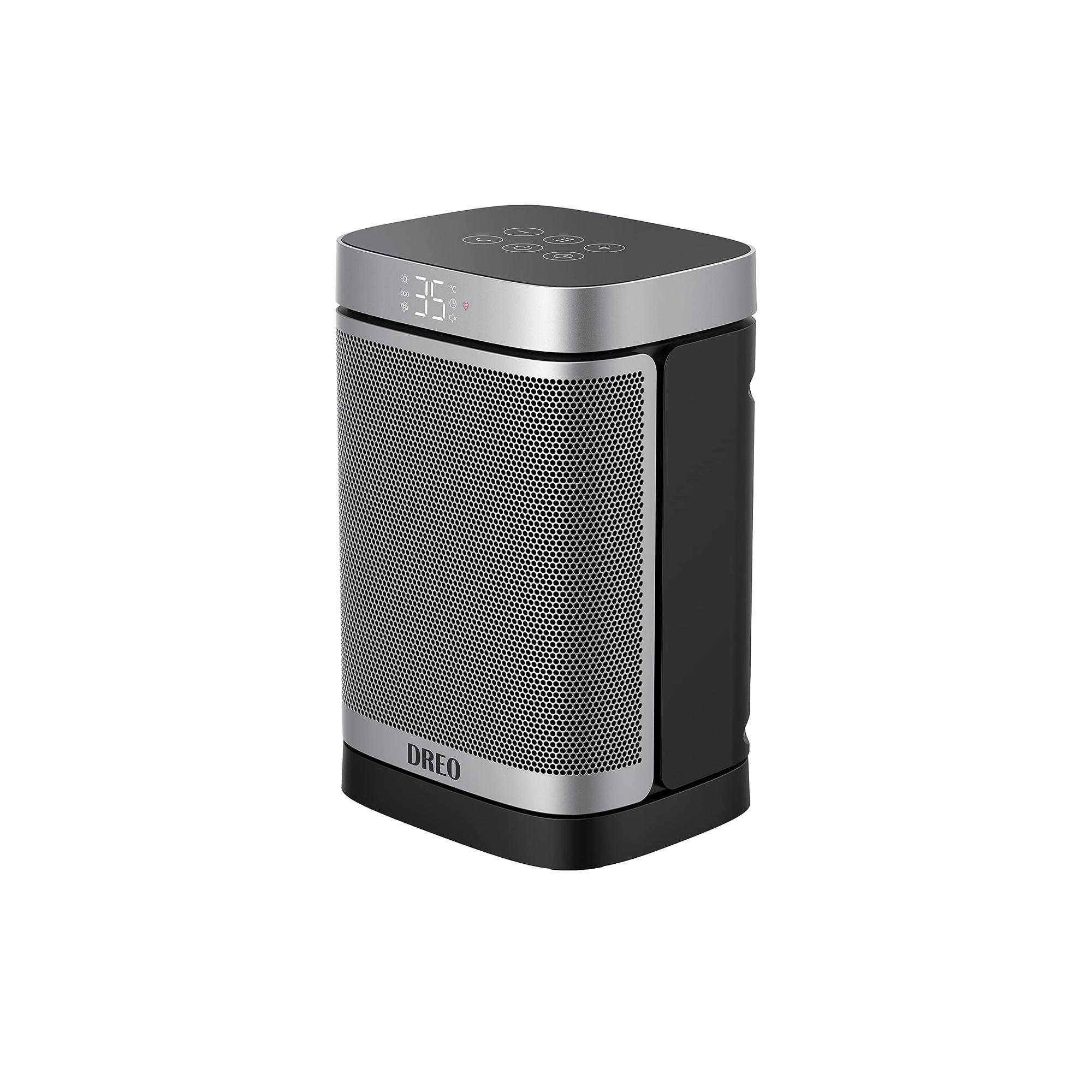
4. Minimise moisture-causing habits

Oftentimes, damp is actually caused by habits we don't even realise are contributing massively to the issue. This includes things such as drying laundry indoors, taking hot showers, and cooking. Of course, it's not possible to avoid these actions as they're part of our daily routines, but being aware of them and ensuring you're offsetting the effects will pay off in the long run.
'If you've got laundry hanging around inside, try to keep it in a single room with a window open. The moisture from wet clothes has to go somewhere, and it's better if it heads out the window than into your walls. A small fan in that room can keep air moving, too, which helps with drying,' advises Jason Wise at EarthWeb. Alternatively, investing in one of the best heated clothes airers can help you dry clothes fast indoors. On average, a heated airer might be a tad more affordable than getting your hands on a best in class dehumidifier.
Additionally, if you're cooking or showering, Nicholas reminds us to use extractor fans or crack windows open during or after to significantly reduce the amount of steam inside the room. These small changes can make a big difference in keeping your home dry.
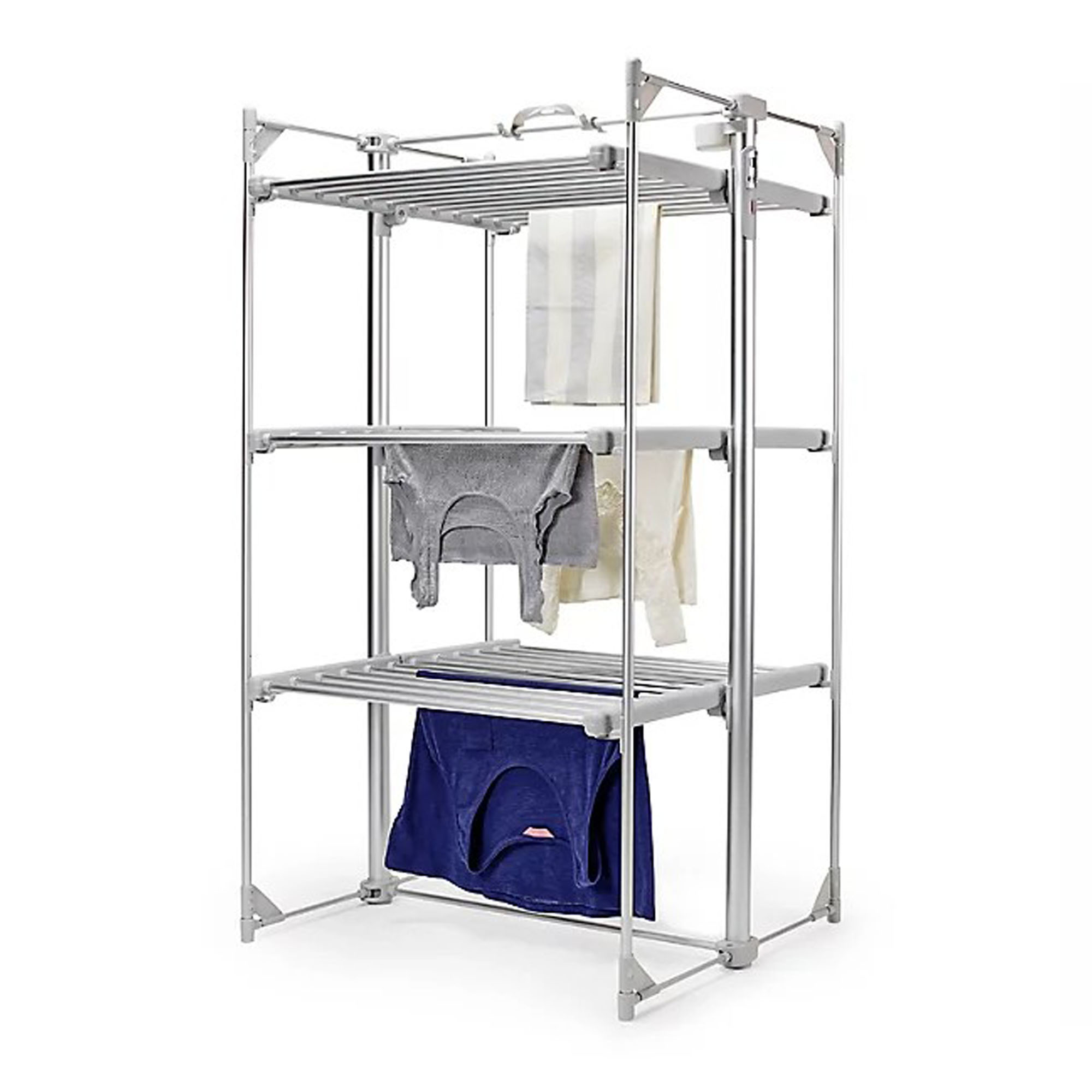
5. Use non-electric moisture absorbers
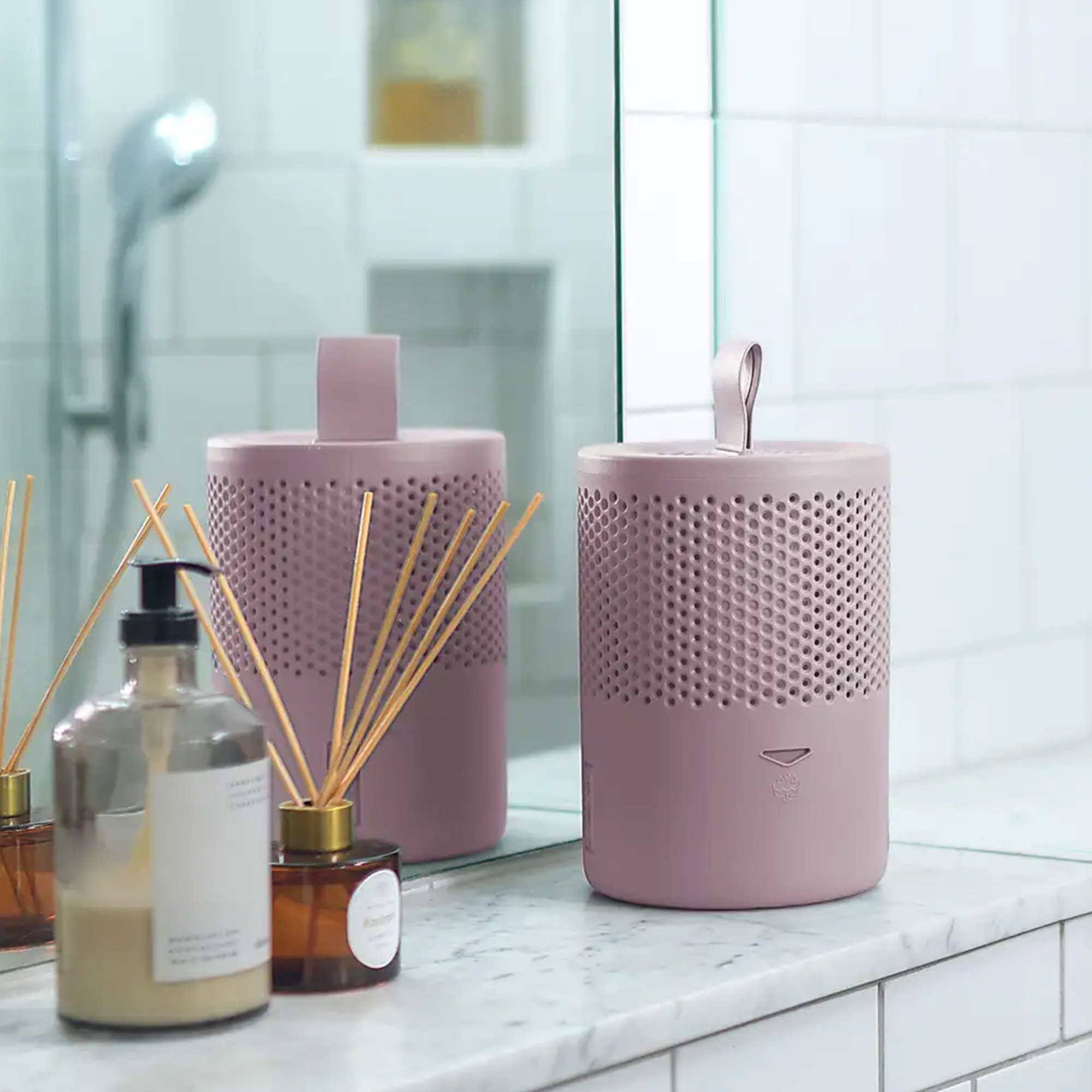
Although there's often a toss up between a dehumidifier and a moisture absorber, suffice to say, the clear winner is definitely the former. However, if you're looking to reduce moisture in rooms or areas where a dehumidifier simply isn't viable, that's where a moisture absorber will take the cake.
Our favourite moisture absorber we've tried is the Absodry Duo Family, which we've raved about because of its budget price and good looks. It's available in four colours and is a fantastic option if you're looking for an alternative for a dehumidifier in a bathroom, as its absorption power is done using crystals – not electricity.
Another favourite of mine in particular is the Bostik Breathe dehumidifier, which mimics a similar non-electric system but instead of crystals, utilises a two-tablet system. I've got mine set up in my bathroom, and it does a brilliant job at absorbing all the excess moisture in the space.
Shop moisture absorbers
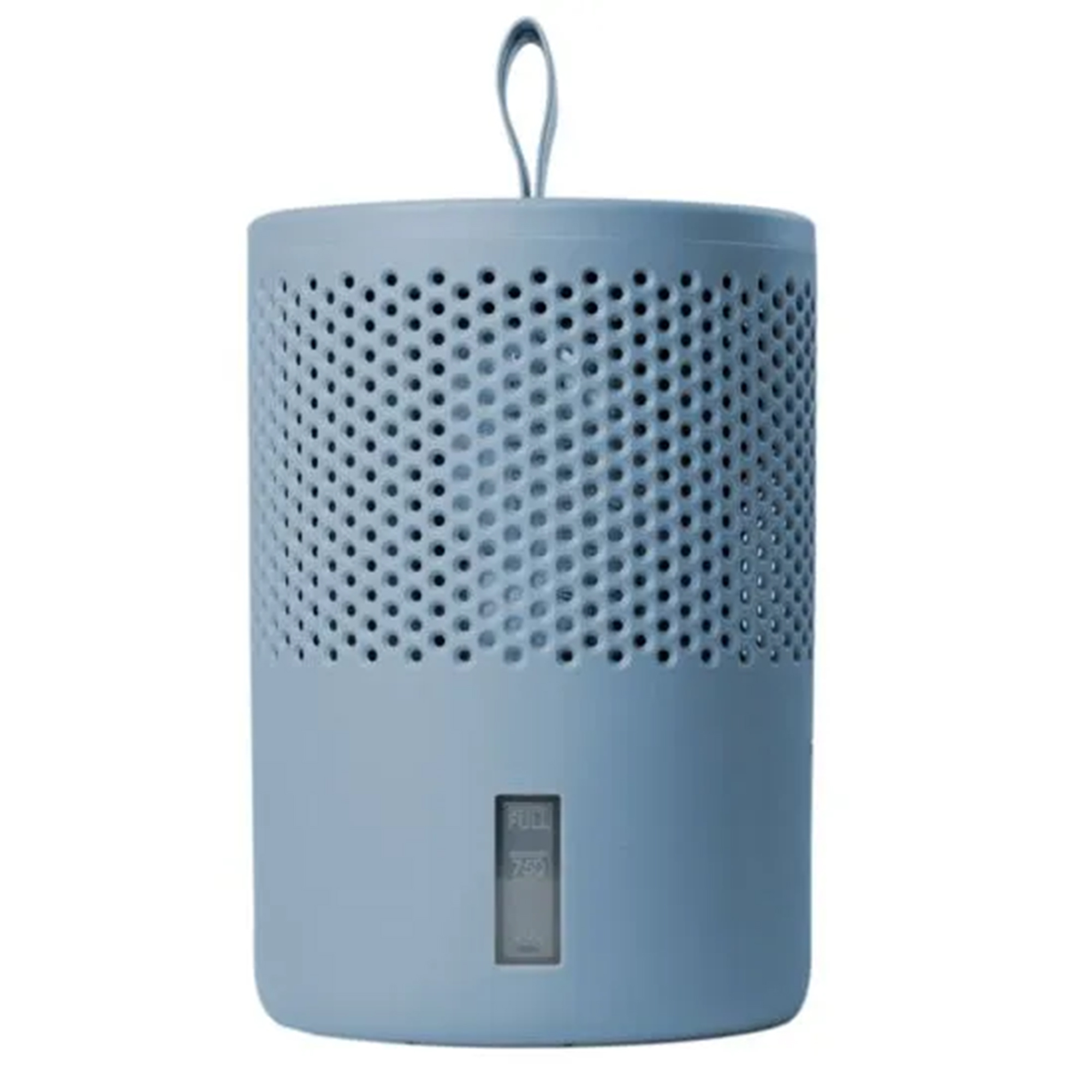
If you're after a clever solution for managing moisture problems inside a bathroom, for example, the Absodry Duo Family dehumidifier is one that we've previously raved about for its stylish design and ease of use. Requiring no plugs or electricity, it's a bathroom must.
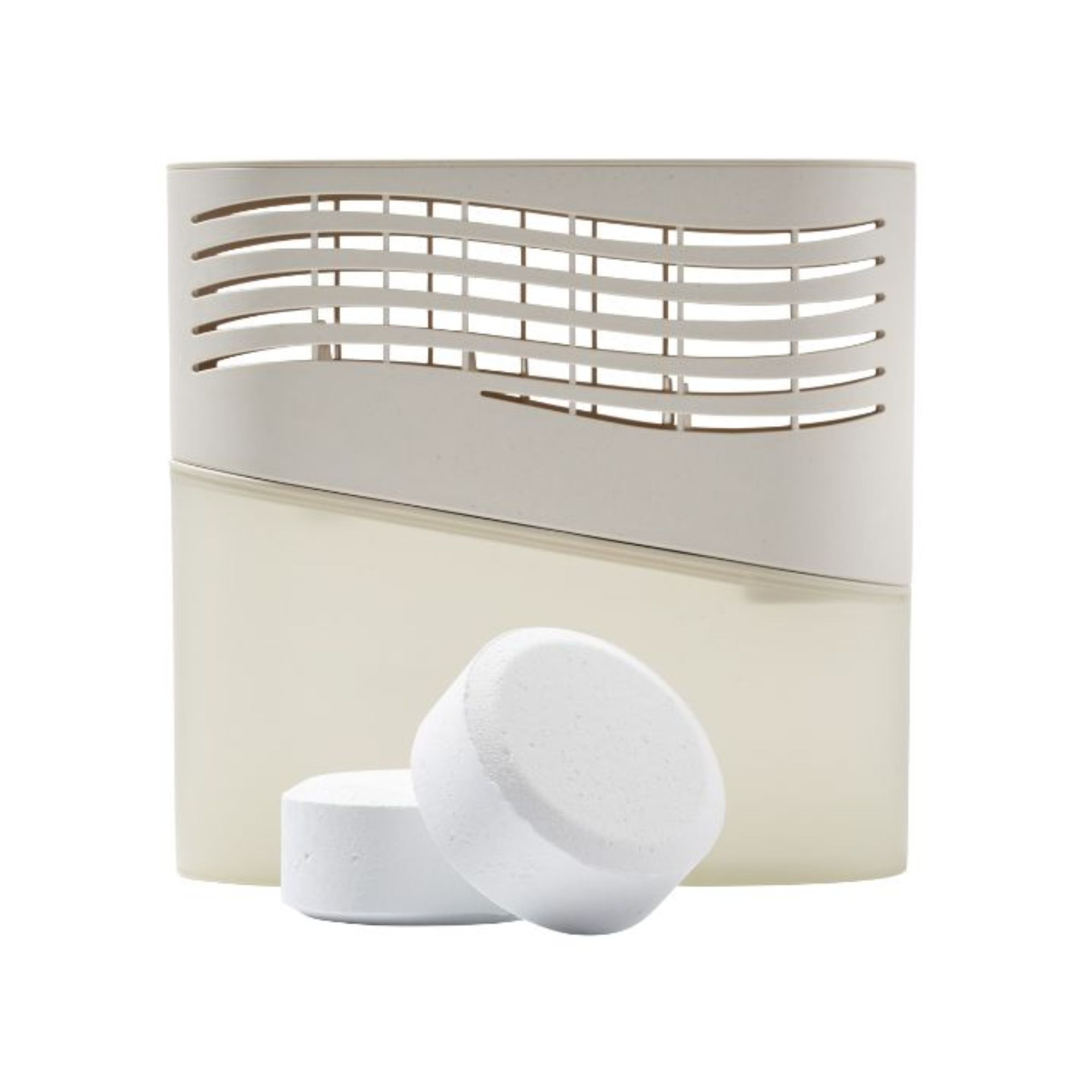
This small, non-electric dehumidifier is designed for all internal humid spaces in your home where traditional dehumidifiers aren't viable, such as bathrooms, wardrobes, and cupboards. The two-tablet system provides up to 33% more absorption than other similar products on the market, boasting a neutral and discreet colourway.
Although dehumidifiers will more or less always be the most effective way to dry out damp walls and manage indoor humidity levels, the above methods are proof that it is possible to dry a room without one so long as you're consistent and willing to get a little creative. You might not get the exact results you're after, but every little effort can help.
By combining these different budget-friendly methods, you can keep your home feeling dry and comfortable even in the height of the wet winter months.
Get the Ideal Home Newsletter
Sign up to our newsletter for style and decor inspiration, house makeovers, project advice and more.

Jullia was Ideal Home’s Junior Writer from 2022-2024 and the Ideal Home Certified Expert in Training on Vacuums having spent over 60 hours testing different models. She’s always loved all things homes and interiors, graduating with a bachelor’s degree in Architectural Studies from the University of Nottingham where her love for writing blossomed following her internship at ArchDaily. Now focused on home tech and cleaning, Jullia works on writing features and explainers to help people make the most of their home appliance investments, putting the newest launches through their paces. When she isn’t writing, she loves exploring the city, coffee shop hopping, and losing hours to a cosy game or book.
-
 My go-to Ninja coffee machine is on sale for Easter weekend
My go-to Ninja coffee machine is on sale for Easter weekendIt makes coffee shop quality achievable at home
By Molly Cleary
-
 When to plant out annual flowering plants for vibrant, colourful garden borders – and give them the best start, according to experts
When to plant out annual flowering plants for vibrant, colourful garden borders – and give them the best start, according to expertsNot sure when to plant out annual flowering plants? We've got you covered...
By Kayleigh Dray
-
 I'm a kitchen decor editor and didn't like this tableware trend - until I saw H&M Home's designer-look plates
I'm a kitchen decor editor and didn't like this tableware trend - until I saw H&M Home's designer-look platesThey made it easy to justify a new crockery set
By Holly Cockburn
-
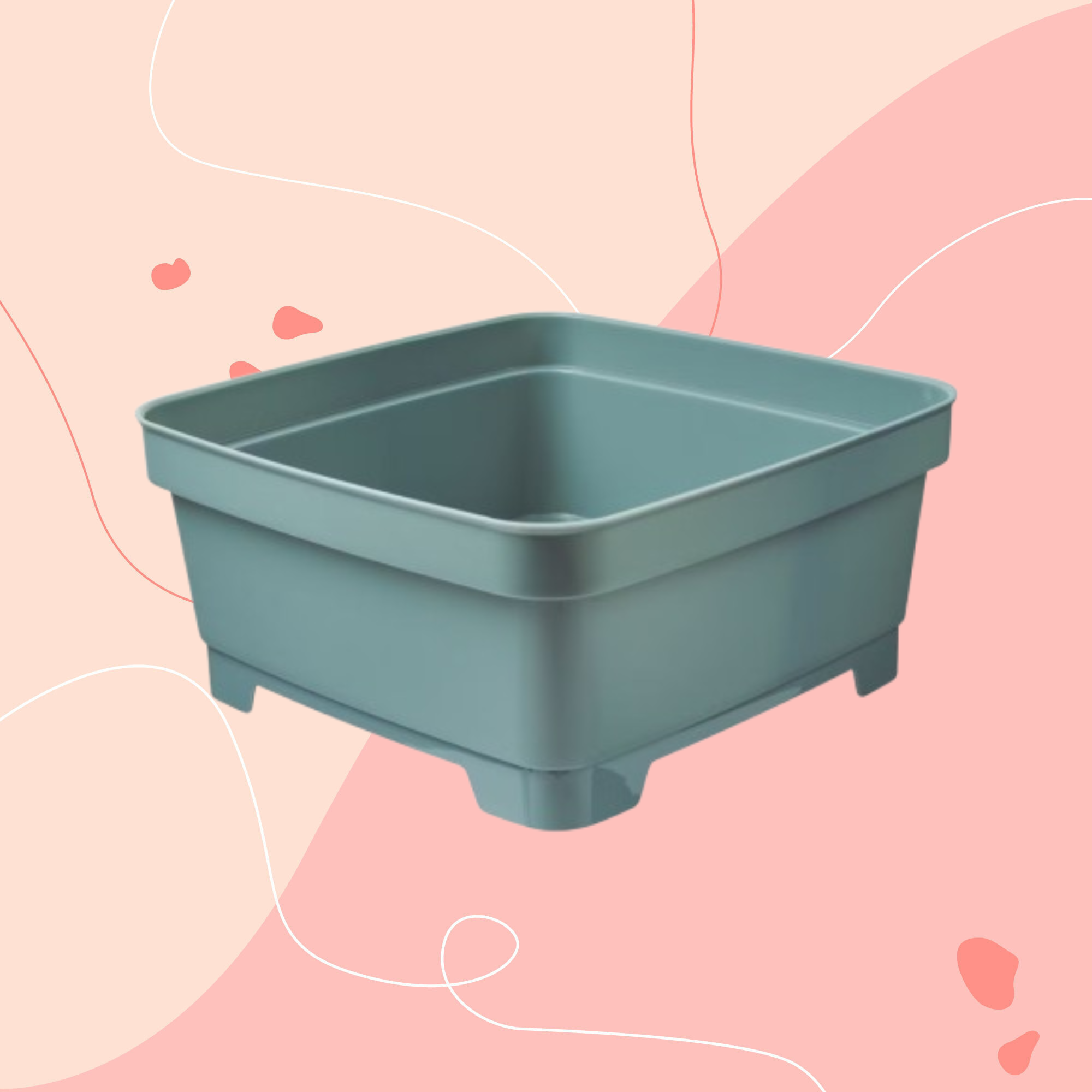 Aldi is releasing a budget alternative to the cult Joseph Joseph washing up bowl – it’s just £4.99
Aldi is releasing a budget alternative to the cult Joseph Joseph washing up bowl – it’s just £4.99The Joseph Joseph washing up bowl is an Ideal Home favourite - now we can't wait to try Aldi's alternative
By Kezia Reynolds
-
 I just bought my first home, and this £10 buy was the very first thing I bought for it to make it feel warmer and secure
I just bought my first home, and this £10 buy was the very first thing I bought for it to make it feel warmer and secureIf I did it all again, this would still be my very first buy
By Rebecca Knight
-
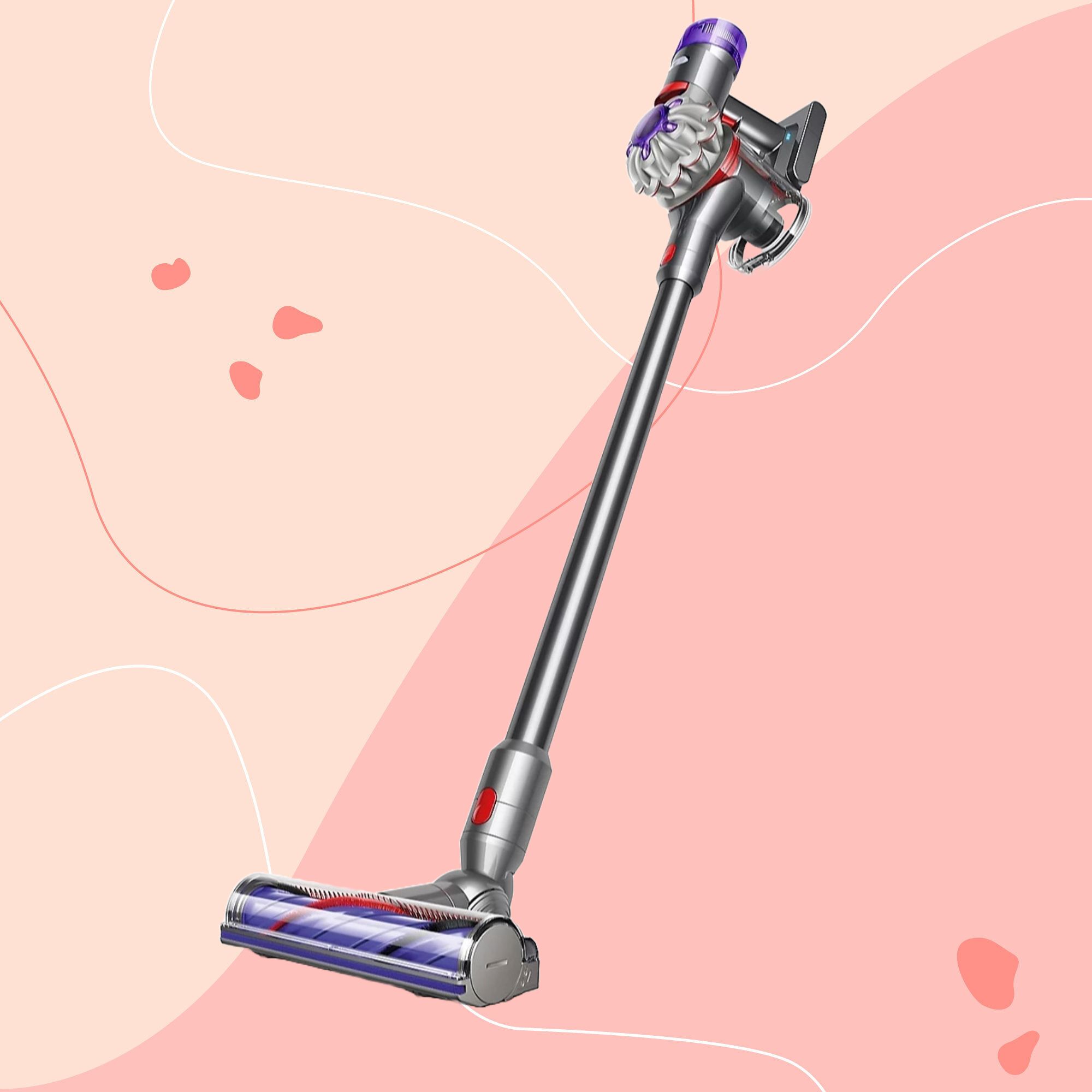 It’s normally impossible to find a Dyson vacuum for under £250 — but QVC has slashed the price of their bestselling models for a limited time
It’s normally impossible to find a Dyson vacuum for under £250 — but QVC has slashed the price of their bestselling models for a limited timeRun don’t walk to pick up the brand’s bestselling model for under £230 before it sells out
By Lauren Bradbury
-
 Catherine Zeta-Jones has revealed the cleaning product she swears by to keep her home fresh - and it’s just £8 on Amazon
Catherine Zeta-Jones has revealed the cleaning product she swears by to keep her home fresh - and it’s just £8 on Amazon'I use it on my counters. I use it on my walls. I use it on my doors. When I smell it, I know my house is clean.'
By Kezia Reynolds
-
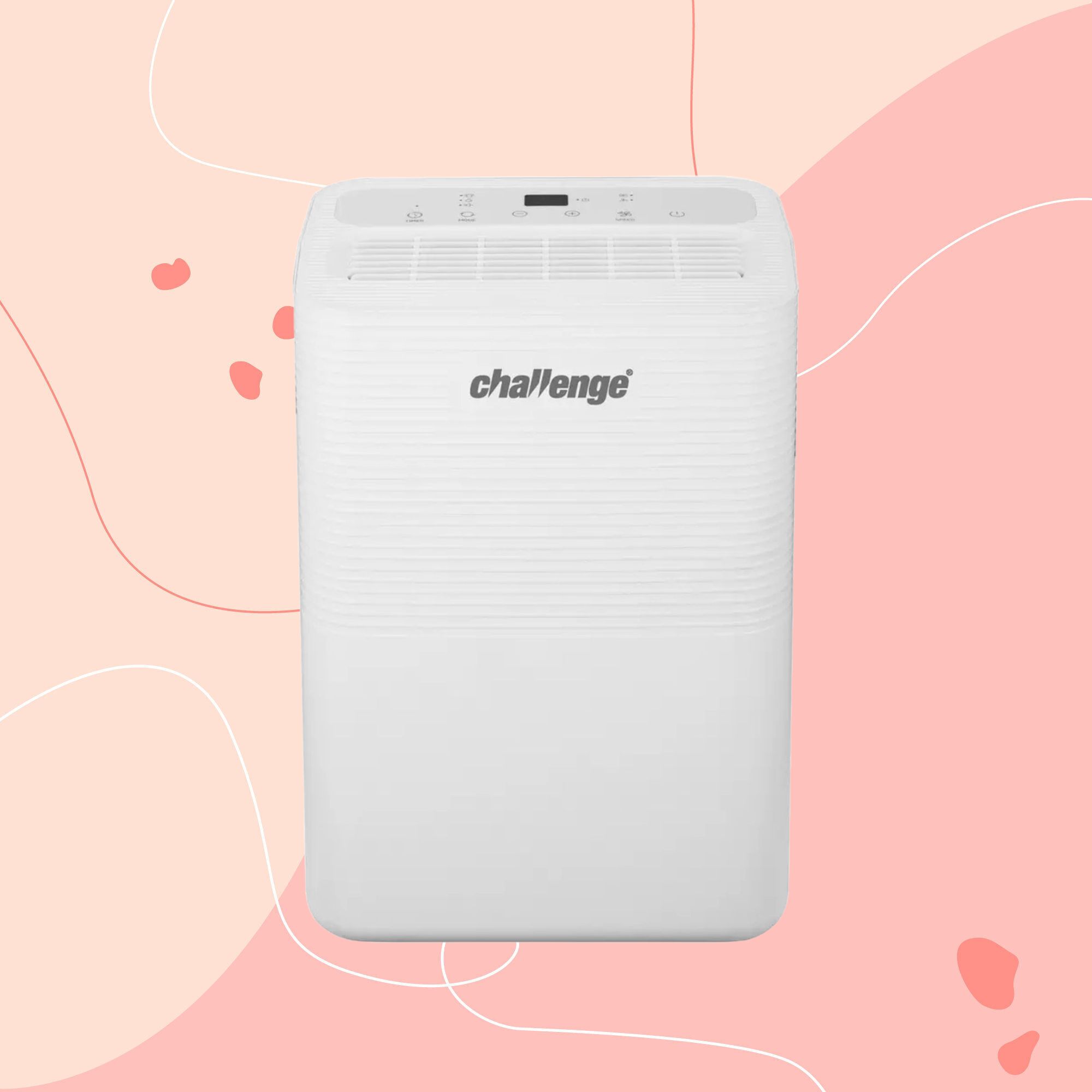 I tested the 12L Challenge dehumidifier in my damp Victorian home over winter — I haven’t spotted any signs of mould for the first time in five years
I tested the 12L Challenge dehumidifier in my damp Victorian home over winter — I haven’t spotted any signs of mould for the first time in five yearsThe Challenge 12L dehumidifier doesn’t have too many bells and whistles, but I can already see the difference it’s made to my damp home
By Lauren Bradbury
-
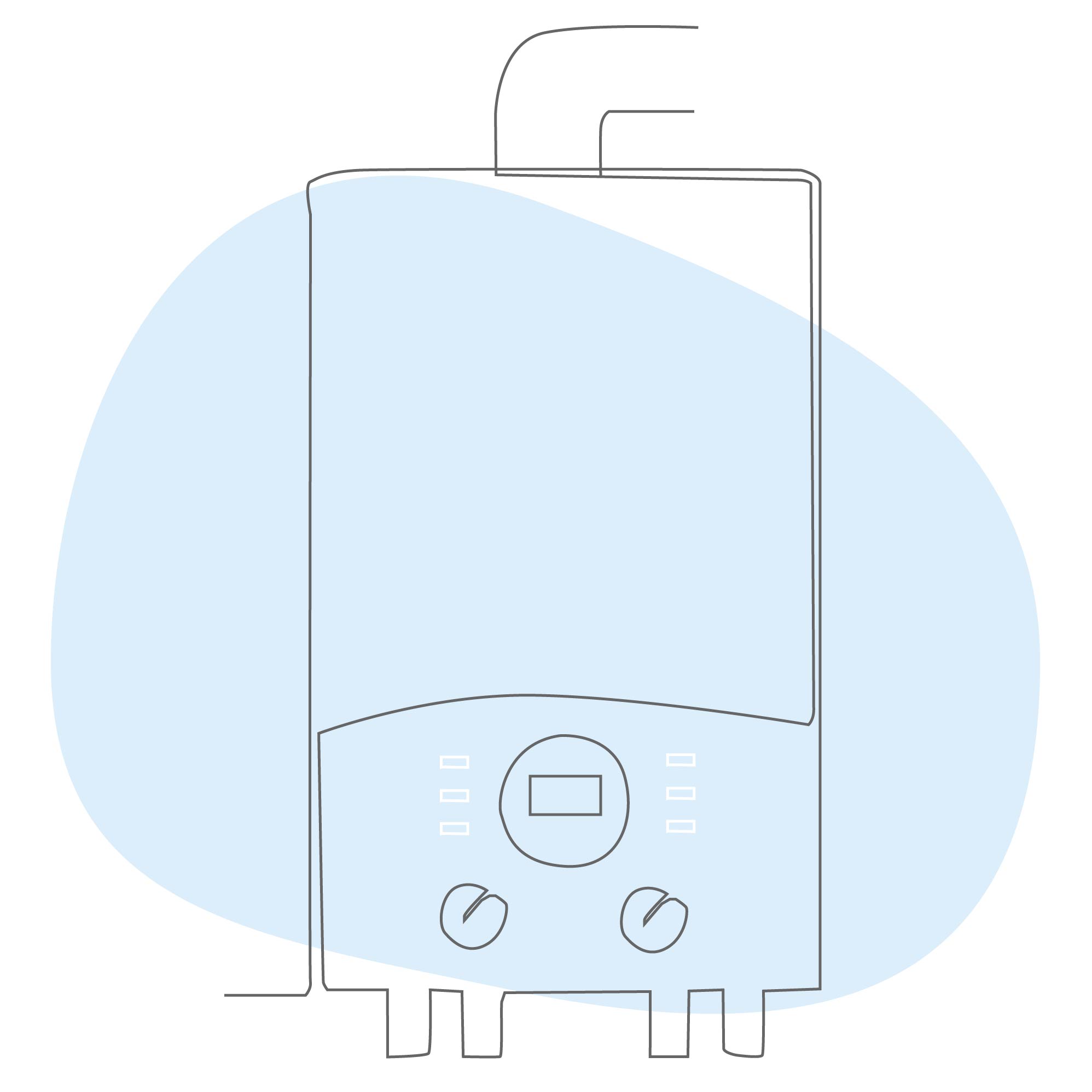 What is boiler flow temperature? Heating experts urge you to check yours now as you could be overpaying on your energy bills
What is boiler flow temperature? Heating experts urge you to check yours now as you could be overpaying on your energy billsTurning this little-known number down just a few degrees can result in some serious savings
By Lauren Bradbury
-
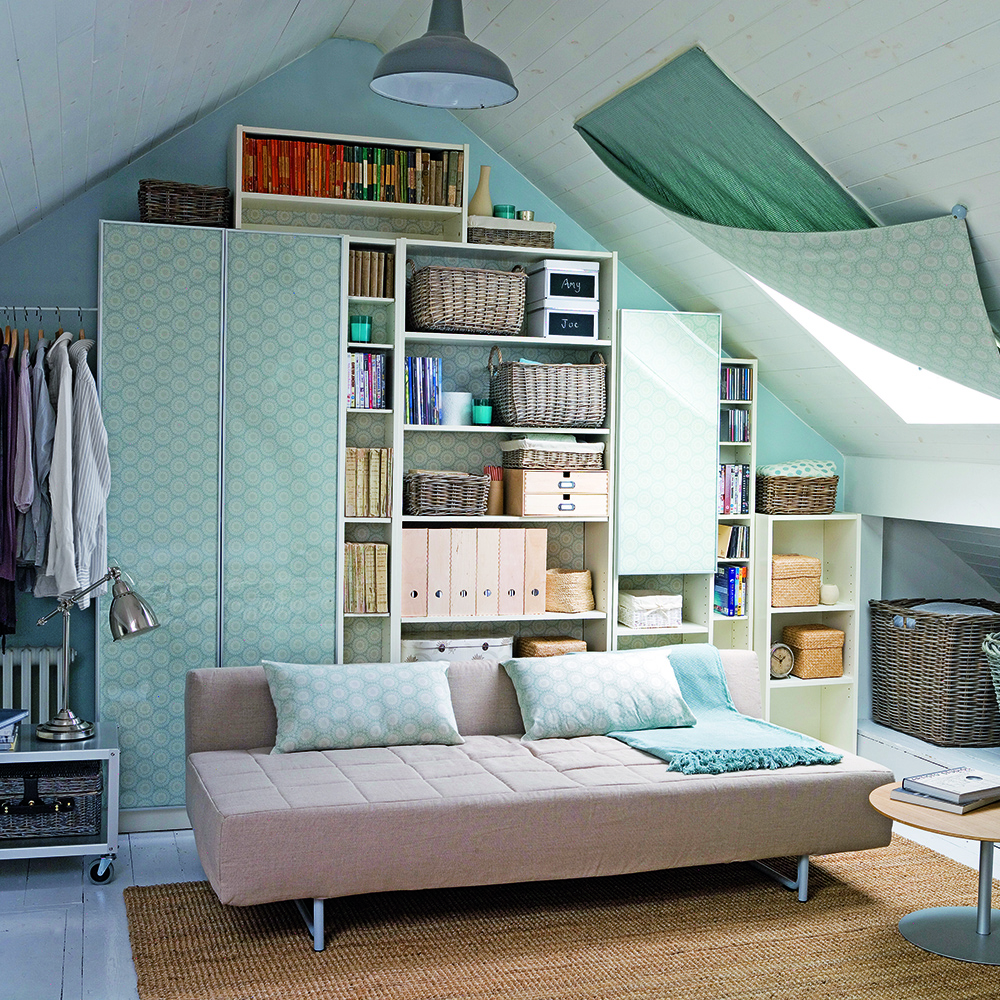 Stacey Solomon has shared 5 nifty wardrobe storage hacks to make getting ready in the morning easier — and they're genius
Stacey Solomon has shared 5 nifty wardrobe storage hacks to make getting ready in the morning easier — and they're geniusThese five wardrobe storage hacks are a gamechanger
By Katie Sims
-
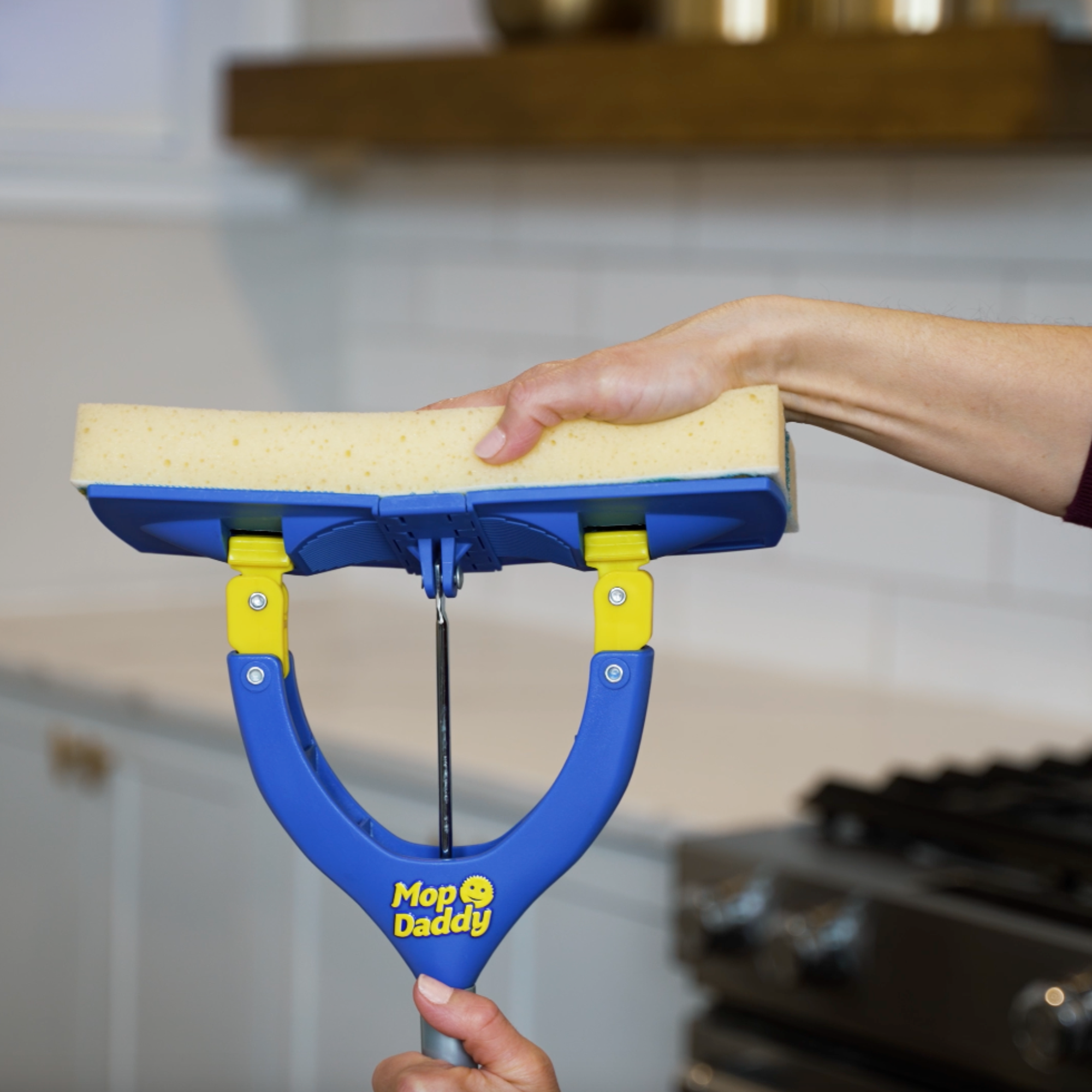 Cult cleaning brand Scrub Daddy has just launched a brand new butterfly mop — could it be the ultimate solution for banishing stubborn marks on your floor?
Cult cleaning brand Scrub Daddy has just launched a brand new butterfly mop — could it be the ultimate solution for banishing stubborn marks on your floor?We're obsessed with all things Scrub Daddy
By Kezia Reynolds
